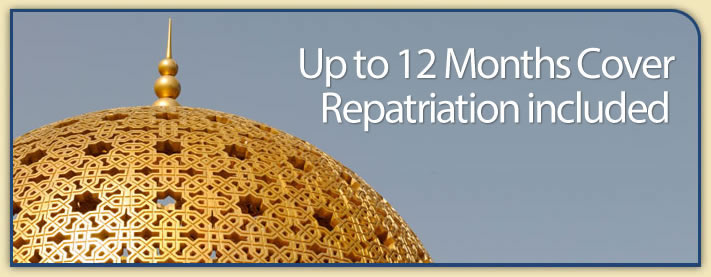Country Guide • Sierra Leone

Sierra Leone is located in the south western part of West Africa. It is bound by Guinea to the north and north east, Liberia to the south east and the Atlantic Ocean to the south and south west.
| Official Name | Republic of Sierra Leone |
|---|---|
| Area | 71,740km² (27,699mile²) |
| Population | 5,732,500 |
| Continent | Africa |
| Population per mile² | 207 |
| Capital City | Freetown |
| Religions | 52% follow local native tribal beliefs, 40% Sunni Muslims, 5% Protestant, 2% Roman Catholic. |
| Language | English (official, regular use limited to literate minority), Mende (principal vernacular in the south), Temne (principal vernacular in the north), Krio (English-based Creole, spoken by the descendants of freed Jamaican slaves who were settled in the Freetown area, a lingua franca and a first language for 10% of the population but understood by 95%) |
| Government | Constitutional democracy |
| Currency | Leone |
| GDP | $2.8 billion |
| GDP per Head | $580 |
| Natural Resources | Diamonds, titanium ore, bauxite, iron ore, gold, chromite |
| Land Use | Arable Land 6.76% |
| Agriculture | Rice, coffee, cocoa, palm kernels, palm oil, peanuts; poultry, cattle, sheep, pigs; fish |
| Industry | Mining (diamonds); small-scale manufacturing (beverages, textiles, cigarettes, footwear); petroleum refining |
| Tourism | The British and Foreign Commonwealth office strongly advise against travel to areas of Sierra Leone bordering Liberia. We are unaware of any specific threat to Western interests from global terrorism; but British nationals remain potential targets for disaffected groups. All visitors should take sensible precautions and maintain a high level of vigilance in public places |
| Natural Hazards | Dry, sand-laden harmattan winds blow from the Sahara (December to February); sandstorms, dust storms |
| Health Risks | Waterborne diseases, malaria and other tropical diseases are prevalent. Vaccination against rabies and yellow fever are strongly advised. HIV/AIDS is prevalent. Lassa fever can be contracted in Kenema and the east.Climate: Sierra Leone has a tropical climate with a wet season from May - October and a dry season from November - April. Average annual precipitation varies from 200 inches along the coast and decreases inland towards the north to 86 inches. Average temperature ranges in Freetown are from 21 - 31°C throughout the year |
| Time | GMT/UTC- No UTC/GMT offset |
| National Days | Independence Day 27 April |
| Visas | All British nationals require a visa to enter Sierra Leone. Visas must be obtained before arrival |
| British Embassy | Embassy Details |
Information Only
The content above is for information purposes only and we have tried to ensure that the information is as accurate as possible. We cannot accept any responsibility for any inconvenience, loss or injury as a result of the information above. You should always check and verify any critical information like visas, health and safety and customs with the relevant authorities before you travel since information can change at any time.



